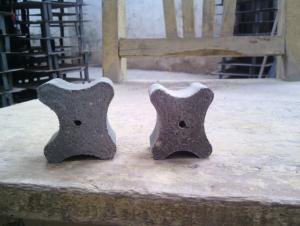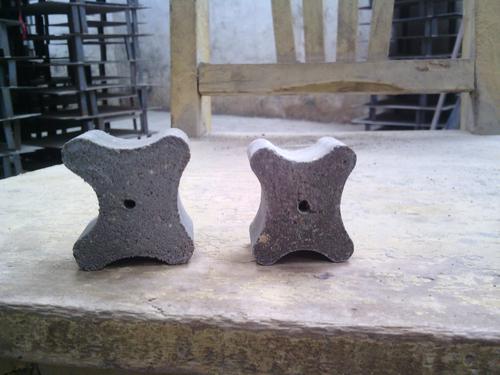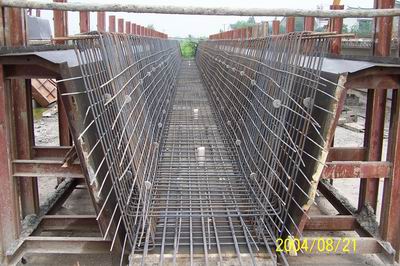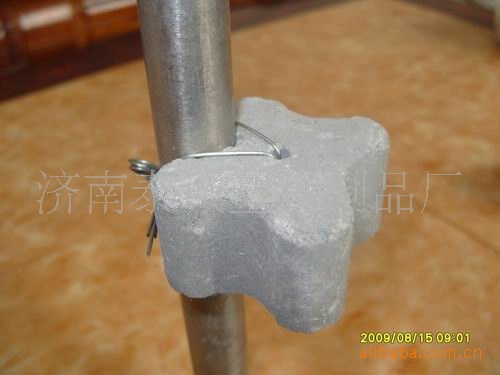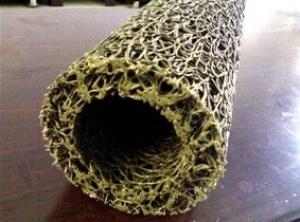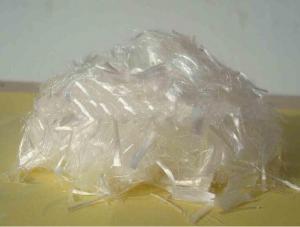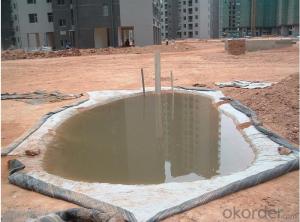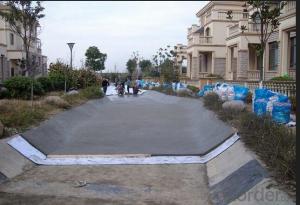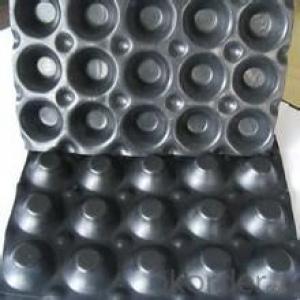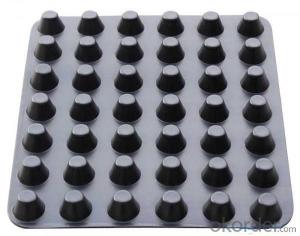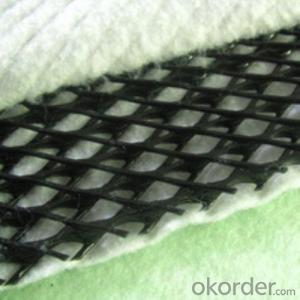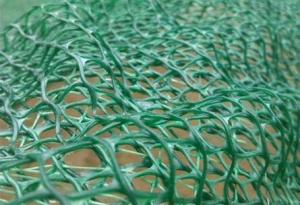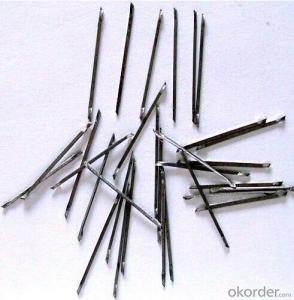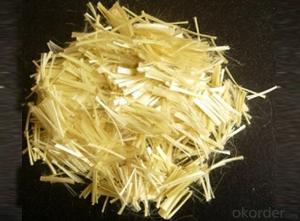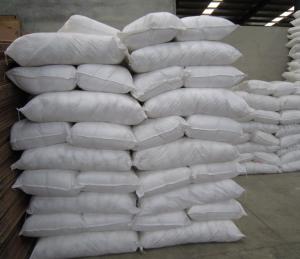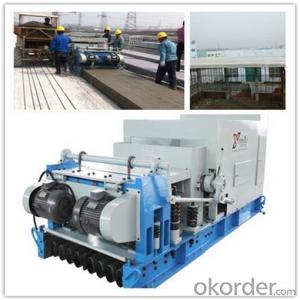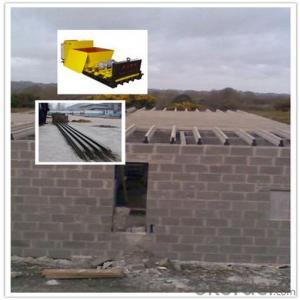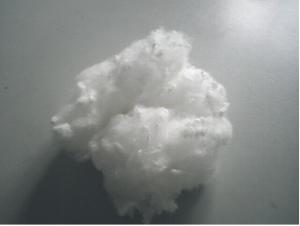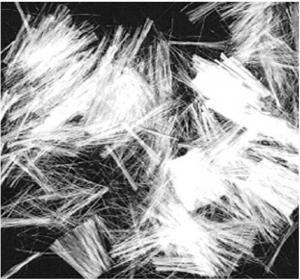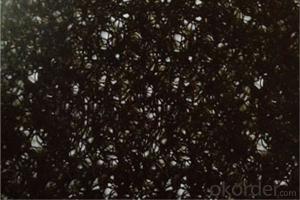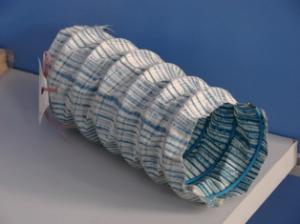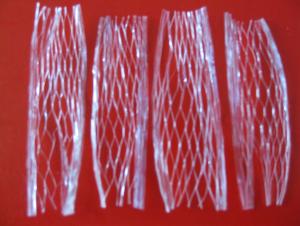Reinforced Concrete Protective Layer Block
- Loading Port:
- Qingdao
- Payment Terms:
- TT OR LC
- Min Order Qty:
- 1 pc
- Supply Capability:
- 1000000 pc/month
OKorder Service Pledge
OKorder Financial Service
You Might Also Like
Concrete block and reinforced protective layer block, is in the masonry structure and frame structure, under the beam, to expand the confined area, reinforced position, to prevent corrosion of steel exposed and the function.
Is a solution to the often used local pressure.
Reinforced concrete cover thickness is related to the bearing capacity and durability of the structure, the function such as fire prevention. Has the following role and influence of reinforced concrete guard-layer:
1, maintenance structure durability of concrete protective layer is too thin to penetrate in the wet gas and water, too thick, easy to produce cracks, these could make the steel corrosion and inflation, so that the destruction of a concrete influence use and security of structure.
2, under external force Protection layer for steel bar anchoring force, takes advantage of the anchoring force between concrete and reinforcing steel bar, the two together, jointly participate in the work. Protective layer too thin or missing, reduce its anchorage force which reduces the structure to withstand the axial force and bending moment.
3, from the calculation formula of flexural bearing capacity of normal section
M a l or less FCBX (h0 x / 2) + fy 'AS' (ho - a s') a (sigma pO 'a fpy) a p' (ho - a p '), you can see that when the gluten protective layer through the thick section effectively reduced height h0, will reduce the cross section flexural bearing capacity. Visible protective layer thickness is how important factor affecting bearing capacity of structure.
4, fire protection layer of concrete has a certain thermal insulation effect, can more easily to soften when you encounter fire reinforced protection, if too thin, protective layer thickness under the environment of high temperature easy craze, cause reinforced in overheating and reduce the strength to destroy the whole structure. Hunan hengyang in 2003 a project is due to the high temperature heat from the burning of fire to soften steel lead to collapse and cause heavy casualties accident.
In the quality inspection of the current work, therefore, more attention paid to the protection layer thickness control, new rules to entities in the process of acceptance testing.
- Q: How do geosynthetic meshes help in soil separation?
- Geosynthetic meshes provide an effective solution for soil separation by acting as a barrier between different soil layers. They prevent the intermixing of soils with different properties, such as fine-grained and coarse-grained soils, thus maintaining their distinct characteristics and ensuring proper drainage. The meshes also enhance the overall stability of the soil structure by increasing its tensile strength and preventing the development of shear planes. Overall, geosynthetic meshes play a crucial role in soil separation by promoting optimal soil performance and preventing potential failures.
- Q: Are geosynthetics resistant to chemical degradation?
- Yes, geosynthetics are generally resistant to chemical degradation. They are designed to withstand exposure to various chemicals, including acids, alkalis, and organic solvents, without significant deterioration. However, the specific resistance may vary depending on the type of geosynthetic material and the chemicals involved.
- Q: Can geosynthetics be used for pond lining?
- Yes, geosynthetics can be used for pond lining.
- Q: Can earthwork products be used for dam construction?
- Yes, earthwork products can be used for dam construction. Earthwork materials such as soil, clay, and rocks are commonly used to build dams as they provide stability, strength, and are readily available at the dam site. These materials can be excavated, compacted, and used to form the embankment or core of the dam, ensuring its structural integrity and water containment.
- Q: How are geotextile tubes used in sediment control during dredging operations?
- Geotextile tubes are used in sediment control during dredging operations as they provide an effective and environmentally friendly solution for containing and dewatering sediment. These tubes are filled with the dredged material and the water is allowed to drain out, leaving behind the captured sediment. The geotextile fabric acts as a filter, allowing water to pass through while retaining the sediment. This method helps prevent sediment from spreading and contaminating nearby water bodies, ensuring compliance with environmental regulations.
- Q: What are the specific applications of geotextile bags in earthwork projects?
- Geotextile bags have specific applications in earthwork projects such as erosion control, slope stabilization, shoreline protection, and sediment containment. These bags are used to prevent soil erosion by acting as a barrier and trapping sediment, while still allowing water to pass through. They can also be utilized to reinforce slopes and prevent landslides, as well as protect shorelines from wave action and storm surge. Geotextile bags are versatile and provide an effective solution for various geotechnical challenges in earthwork projects.
- Q: How do silt fences prevent sediment runoff?
- Silt fences prevent sediment runoff by acting as a barrier that traps and filters out the sediment from stormwater runoff.
- Q: What are the different shapes and designs available for earthwork products?
- There are various shapes and designs available for earthwork products, including but not limited to, rectangular, square, circular, triangular, trapezoidal, and irregular shapes. Additionally, earthwork products can be designed with various patterns, such as crisscross, zigzag, interlocking, or textured surfaces. These shapes and designs are tailored to meet specific construction requirements and provide effective erosion control and stability in different environments.
- Q: How do culverts contribute to earthwork projects?
- Culverts contribute to earthwork projects by providing a means for water to flow under roads, railways, or other structures, preventing erosion and maintaining the integrity of the earthwork. They help control and direct the flow of water, reducing the risk of flooding and damage to the surrounding environment. Additionally, culverts aid in the efficient drainage of water, ensuring the stability and durability of the earthwork by preventing water accumulation.
- Q: How do earthwork products help with shoreline stabilization?
- Earthwork products, such as geotextiles and geogrids, play a crucial role in shoreline stabilization. These materials are used to reinforce and protect the soil, preventing erosion and maintaining the stability of the shoreline. By providing a strong and stable base, earthwork products help to reduce the impact of waves, currents, and water flow on the shoreline. Additionally, they promote vegetation growth, further enhancing the stability of the shoreline. Overall, earthwork products are essential in preventing shoreline erosion and preserving coastal ecosystems.
Send your message to us
Reinforced Concrete Protective Layer Block
- Loading Port:
- Qingdao
- Payment Terms:
- TT OR LC
- Min Order Qty:
- 1 pc
- Supply Capability:
- 1000000 pc/month
OKorder Service Pledge
OKorder Financial Service
Similar products
Hot products
Hot Searches
Related keywords
